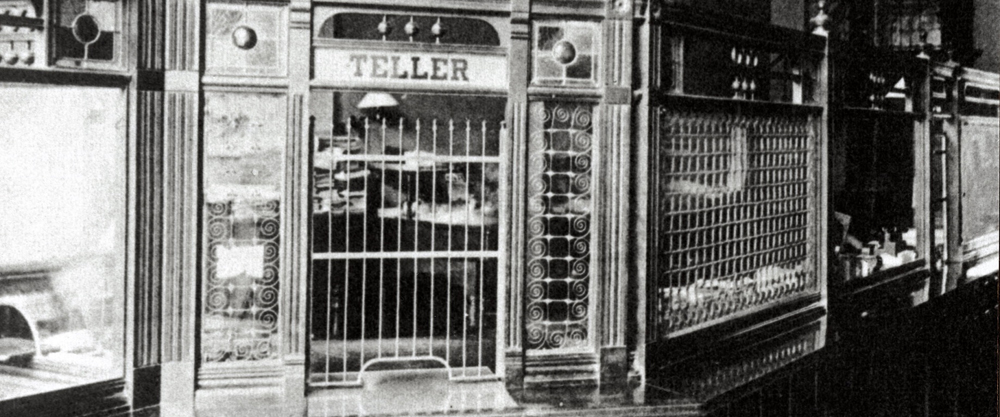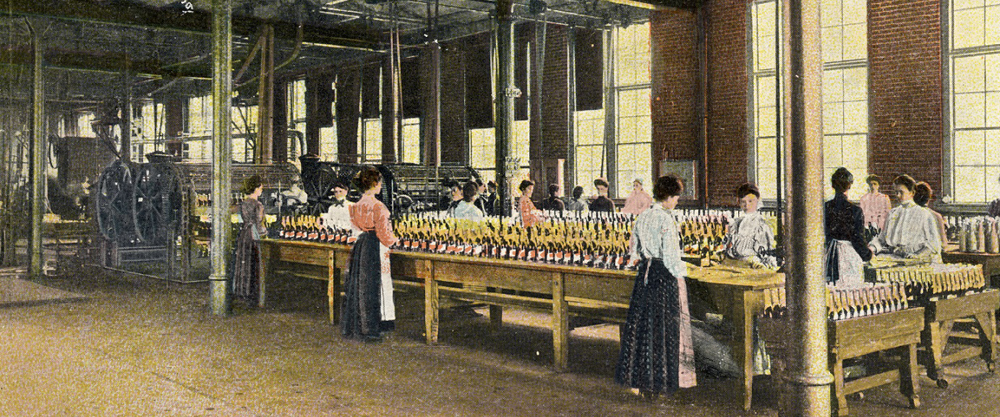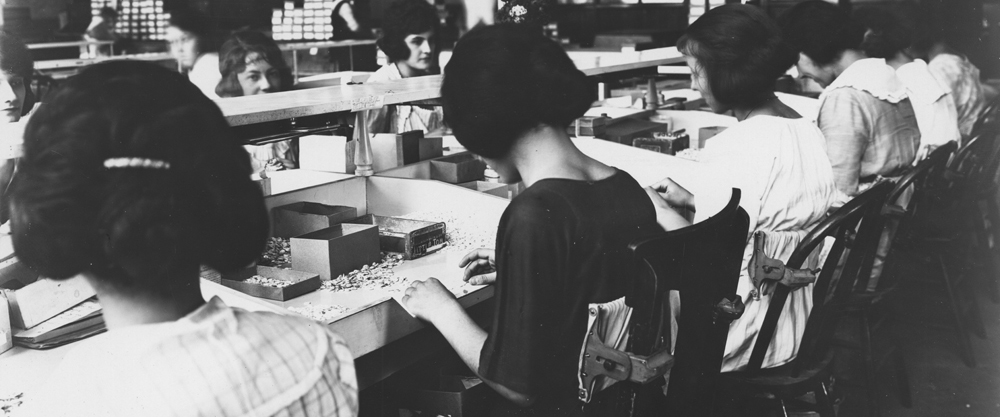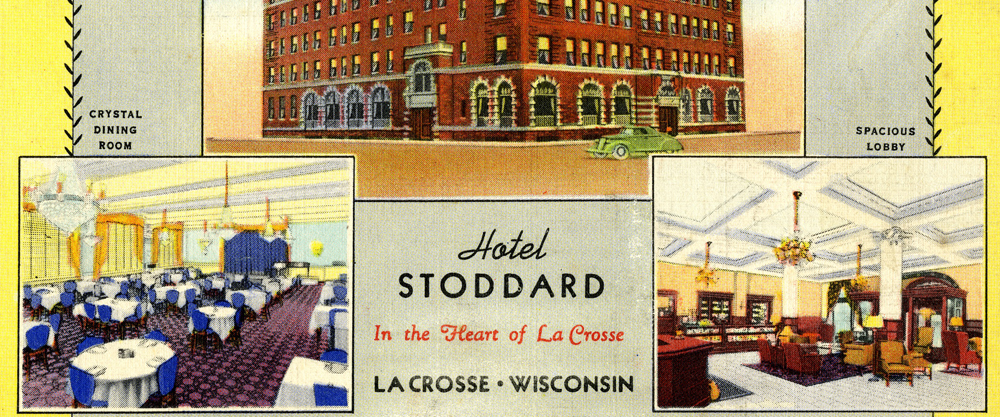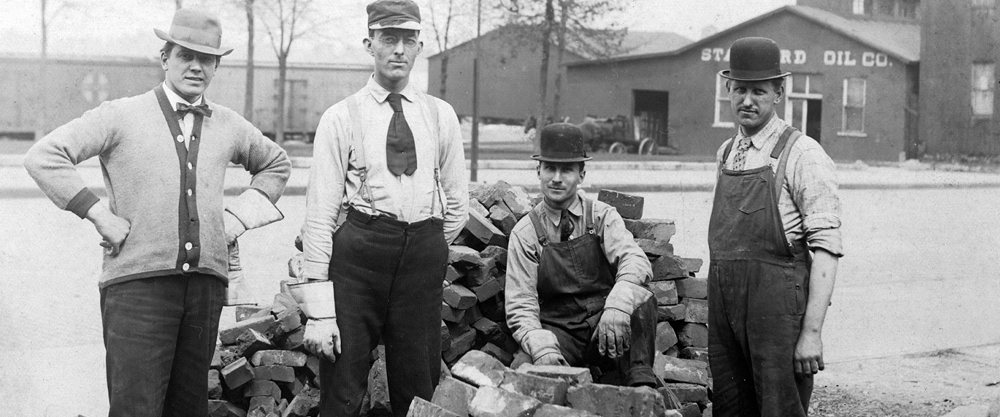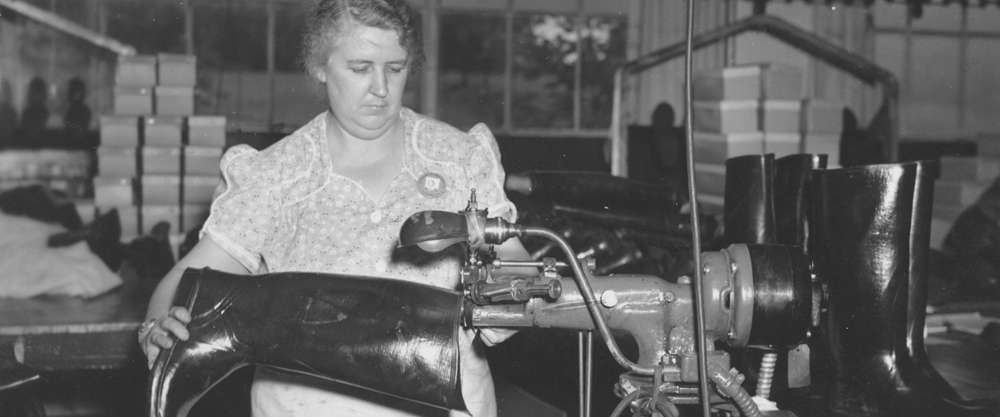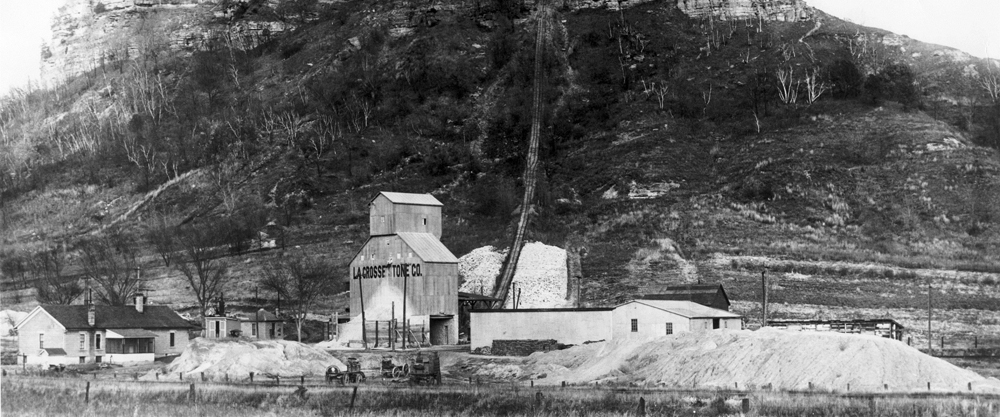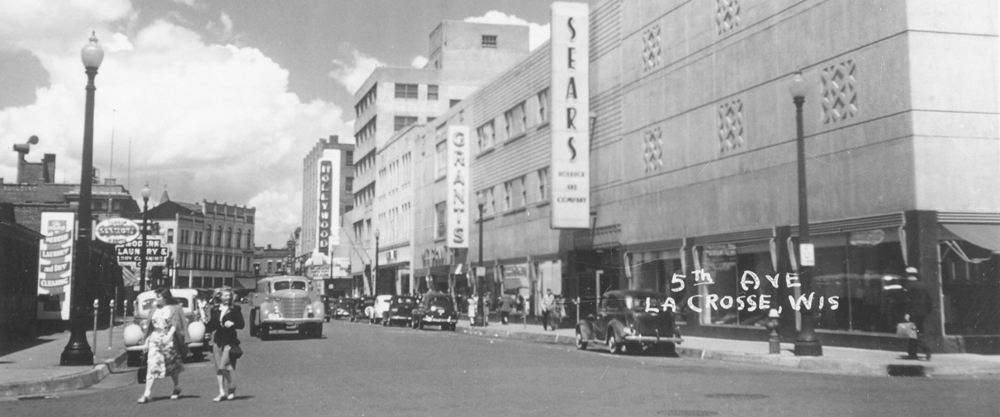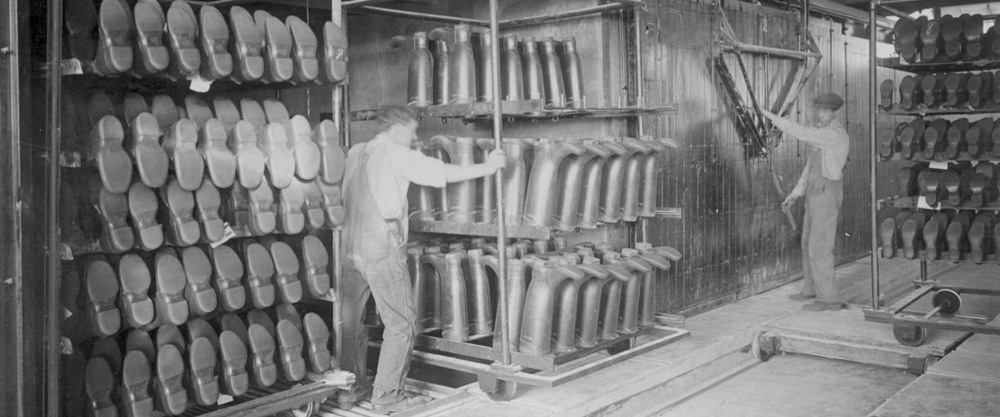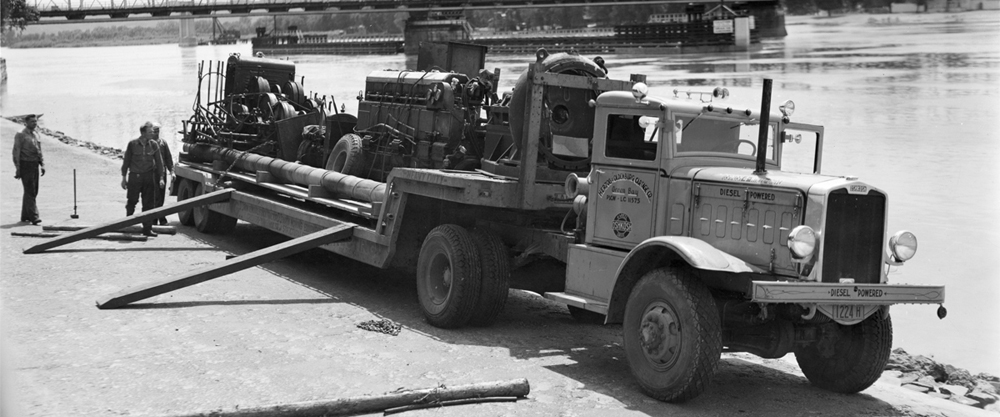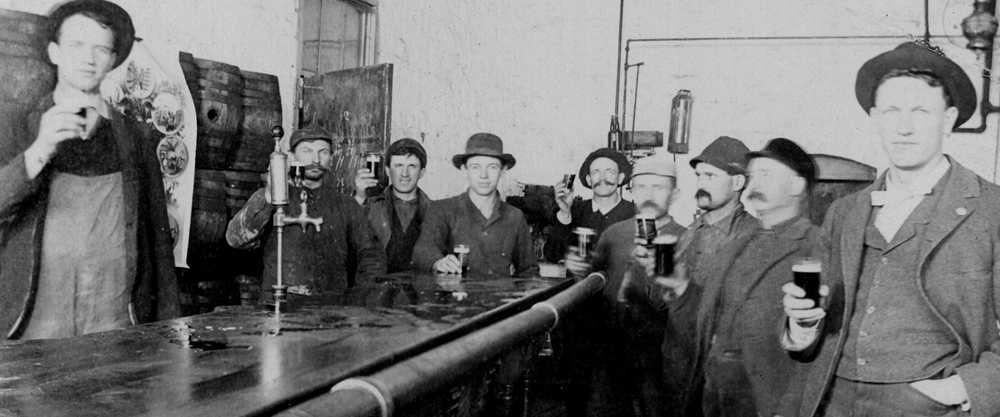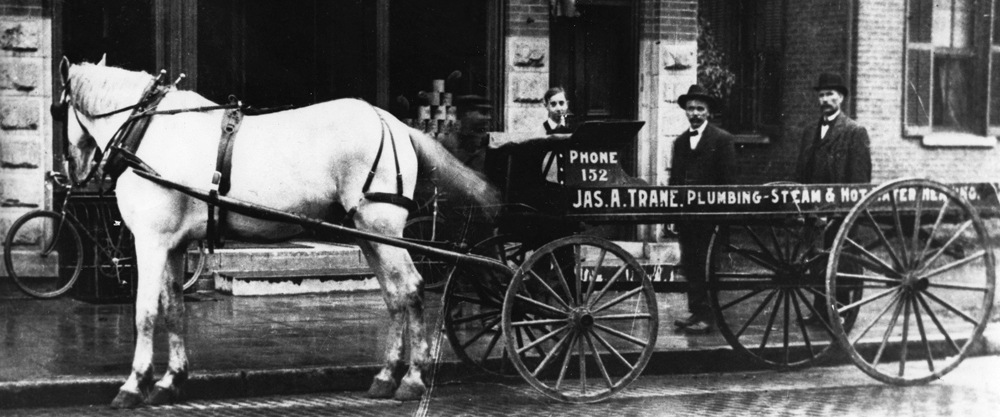Resources
—Businesses and Industries—
The resources listed below are unique to this page, and fall under this general category. Browse the sub-categories in the pages above if you are looking for a resource that falls under a more specific topic.
Author:
Wisconsin Business University
Description:
Frank J. Toland operated several business schools and his main one was called Wisconsin Business University located in La Crosse, Wisconsin. This booklet contains a descriptions of courses commonplace in the late 19th and early 20th century business schools of the time.
Author:
University of Wisconsin-La Crosse
Creator:
Logan, Nichole
Description:
Worksite health promotion is increasing as businesses are becoming more concerned with the financial impact of poor employee health. Small businesses are less likely to implement health promotion activities than large businesses. This study assessed the attitudes, barriers, and existing health promotion activities in La Crosse area small businesses. The results showed that there is a strong interest in health promotion among small businesses, but many lack the resources required to plan and maintain health promotion activities. The majority of small businesses want to improve employee wellness because they believe this decreases insurance costs and absenteeism, and increases productivity. Financial resources were the most common barriers small businesses faced with health promotion. Most businesses were interested in getting help with healthy eating and physical activity and these were the most common health promotion activities in place. Tobacco use was the most common health concern in La Crosse area small businesses. Without outside support, many small businesses are not able to provide health promotion activities to their employees. By addressing these issues, health professionals can facilitate small business efforts to increase health promotion and improve the health of a large segment of the U.S. workforce.
Published as part of the University of Wisconsin-La Crosse Journal of Undergraduate Research, Volume 13 (2010)
Published as part of the University of Wisconsin-La Crosse Journal of Undergraduate Research, Volume 13 (2010)
Creator:
Chew, Margaret S.
Description:
A PhD geography dissertation
Creator:
Ristow, Walter William, 1908-2006
Description:
An undergraduate thesis by Walter William Ristow about the geography of the city of La Crosse, Wisconsin, and its hinterland or trade territory, roughly defined as 7500 square miles, based on data from the late 1920s.
Author:
University of Wisconsin-La Crosse
Creator:
Beirne, Jim
Ingram, Dave
Ostrander, Gina
Reilly, Steven
Ingram, Dave
Ostrander, Gina
Reilly, Steven
Description:
A student paper focused on the history of the La Crosse Rubber Mills Company with particular emphasis on labor issues.
Author:
publisher not identified
Creator:
Tri-State Ice Cream Corporation
Description:
printed between 1919-1926
Author:
[La Crosse Plow Works]
Creator:
La Crosse Plow Company (La Crosse, Wis.)
Description:
A black and white catalog from the nineteenth century of a plow company owned by the Albert Hirshheimer family in La Crosse, Wisconsin
16 pages : illustrations ; 24 cm
16 pages : illustrations ; 24 cm
Creator:
William D. Klaus
Description:
The study investigates the impact of Harborview Plaza, which is the urban renewal project of the La Crosse river front area. This paper includes a short history of the events that led to the deterioration of the area. Some of the questions examined are: what effect will the project have on the established businesses in the C.B.D., do businessmen view it as beneficial or as a threat to their existence, is it beneficial for the public, and what is the public reaction to Harborview. Much of the information for this study was obtained by personal interviews with the city engineer, city planner, and the La Crosse Redevelopment Authority. A search of the available literature was made. This was basically the La Crosse Tribune, reports by the city planner, and other studies made by different departments of the city that affect the water front area. To get the viewpoint of the city businesses, a questionnaire was distributed among downtown businessmen. A citizen survey was used to find out how Harborview was seen by the public and what the public expects from it. The results of the study are as follows: 1) La Crosse has already realized an increased tax base by the relocation of businesses to other areas of the city, 2) it is a general consensus that most businessmen are in favor of Harborview Plaza even if it poses certain problems, and 3) the public is in favor of the plaza.
UWL seminar paper
UWL seminar paper
Author:
Spicer & Buschman
Description:
Compiled in 1888, the first half of this 123 page pamphlet extols the natural resources and economy of the area. The second half is a directory of representative trade, commerce, and manufacturing firms in La Crosse in 1884 with a narrative description of each one, sometimes with accompanying detailed woodcuts of buildings or advertising.
Creator:
La Crosse Plow Company (La Crosse, Wis.)
Description:
The La Crosse Plow Company Collection contains a variety of visual materials including repair guides, photographs, 3-dimensional objects, letters, and other similar items. The collection's materials span the various phases of the La Crosse Plow Company including names such as Sta-Rite, Happy Farmer Tractor Company, and the La Crosse Tractor Company. The bulk of this collection was scanned from materials owned by Randy Reysen, and the other items featured are part of the Murphy Library Special Collections. In total, there are over 100 items included in this collection with the prospect of adding more in the future.
Creator:
Austin Hallett
Description:
The La Crosse Plugs started as an organization in La Crosse, Wisconsin, as a result of the gloomy atmosphere during the economic Depression in 1932. The Plugs, led by William Freise, tried to spread cheer and goodwill through the city and surrounding areas, serving as a symbol of hope to thousands.
Capstone project for History 490, University of Wisconsin-La Crosse
Capstone project for History 490, University of Wisconsin-La Crosse
Author:
Land & Thompson
Author:
Leader Print. Company
Description:
This reprint of an article from La Crosse Morning Leader newspaper, Nov. 18, 1870 reports on the celebration of the completion of a branch railroad, the Southern Minnesota Railway, which connected La Crosse with the Minnesota cites of Hokah, Houston, Rushford, Lanesboro, and Fountain.
Author:
University of Wisconsin-La Crosse Oral History Program
Description:
Bud Miyamoto (b. 1945) spends a majority of his interview remembering his early life in La Crosse, specifically life on the North Side as a Japanese American. Topics include but are not limited to: North Side neighborhood, his (white) mother's background and employment at the Auto-Lite factory, father’s service in the 100th Infantry Battalion during WWII and journey from Hawaii to La Crosse, Camp McCoy, local businesses (the Sweet Shop, the Country Kitchen, and the Riviera Theatre), social life and entertainment (school dances, drag races, movies, county fair, circus, and picnics), recreation and sports (swimming at the North Side Beach, softball at Copeland Park, and fishing on Black River), student rivalries between Central High School and Logan High School, health remedies, religion (St. Luke’s Methodist Church), anti-Japanese racism in town, Black Americans in La Crosse, Moss family, working-class cultures on North Side, Auto-Lite factory, community grief from 1959 lay-offs at Auto-Lite, employment (Manke Hardware Store, M. Lokken & Son Grocery, Neumeister’s Butcher Shop, Guggenbuehl and Nekola, Nelson’s Clothing Store, and Berg’s Pharmacy, Milwaukee Sentinel, the Sweet Shop, andSandy’s fast food), President John F. Kennedy, 1965 Flood, Lower North Side train depot, telephones, medical industry, and local radio.
Author:
University of Wisconsin-La Crosse Oral History Program
Description:
Swords and Schmidt discuss their experience as siblings growing up during the early 1900s in the Goosetown area of La Crosse, Wisconsin. They describe family relationships, the Goosetown neighborhood, sports and games, and entertainment options.
Author:
University of Wisconsin-La Crosse Oral History Program
Description:
Lange discusses returning to La Crosse, Wisconsin, following service in World War II. He details his work history and union involvement, describing the brewing industry and his work for Peerless Brewery and his career with the La Crosse Cooler Company. He also discusses his membership in fraternal organizations.
Author:
University of Wisconsin-La Crosse Oral History Program
Description:
In this interview, Paul Cuta and Alberta (Cuta) Gund primarily discuss German and Czech culture during the early 20th century in La Crosse. Topics include but are not limited to: the family home (1016 Farnam Street), Bohemian (Czech) traditional names, Catholicism, parental roles, cigar making, commercial fishing, wooden boat building, Funke's Candy Company, gardens and growing vegetables, paternal grandparents, life in the family home, Hood-Powell Park neighborhood, religious divisions in town; German-Lutheran, German-Catholics, Bohemian-Catholics, Irish-Catholics, Holy Trinity Parochial School, activities at schools, fundraisers, sports, dancing, traditional Bohemian (Czech) food, World War II, La Crosse Tribune, fashion, war rations, street cars, Protestant and Catholic neighborhood relationships, The Strand Theater, recreation activities, school yard games, home remedies, Powells Park, Lapitz Grocery Store, shoe stores and cobblers, home funerals, Hammes Grocery Store, Bruha Selrite Grocery Store, Aboto's Confectionary, bicycling in 1940s, communications during Korean War, home-brew alcohol served in Bohemian Hall, Humms Bakery, Tabbert's Dry Goods Store, taverns, gasoline industry, Tomicek Car Service, financial loans, soap rations during WWII, Baum's Butcher Shop, Shimshack's Shoe Repair and Tavern, Not Your Uncle's Tavern, and the Prohibition era.
Tape 2
Tape 2
Author:
University of Wisconsin-La Crosse Oral History Program
Description:
Paul G. Pappas discusses growing up as one of five sons born to Greek immigrants who settled in La Crosse, Wisconsin. Topics include but are not limited to: the downtown business environment, the Elite, family background, Imperial Ice Cream Shop, childhood, Greek Food, church, religion, dating, sports and recreation, WWII, transportation, YMCA, Valley View Mall, 20th century technology changes (refrigerator, television), atomic bomb, Korean Conflict, McCarthyism, voting, local politics, Vietnam War, Civil Rights Movement, and marriage.
Author:
Push Publishing Company
Description:
volume 3 number 5
Author:
Greater La Crosse Chamber of Commerce
Creator:
Chew, Margaret S.
Description:
Determining the influence of a city in a region is a complex problem. Not only does a city supply the requirements needed by its region, but it in turn serves as a market and distributing center for products raised and made in the region. This study is concerned with the first mentioned phase of relationships. Each single service supplied by a city can have its service area mapped. Combined service areas present a composite picture that aids in determining the influence of a city in its region. Two methods of studying service areas are presented here. An intraurban study of La Crosse service areas was made by interviewing managers
of selected retail stores, wholesale firms, and service agencies in the city. A second study of service areas was made from questionnaires filled out by families in La Crosse's surrounding Tri-State region.
Based on the author’s theses, this study maps various services available in La Crosse.
Based on the author’s theses, this study maps various services available in La Crosse.
Author:
Upper Mississippi River Improvement Association
Creator:
Upper Mississippi River Improvement Association
Description:
Suggestions to U. S. Congress for the permanent improvement of the Upper Mississippi River for "securing cheaper and more direct transportation for the products of factory, farm and forest" by securing a six foot channel from St. Anthony's Falls in Minnesota south to the mouth of the Ohio River. The recommendations emanated from the Upper Mississippi River Improvement Association.
